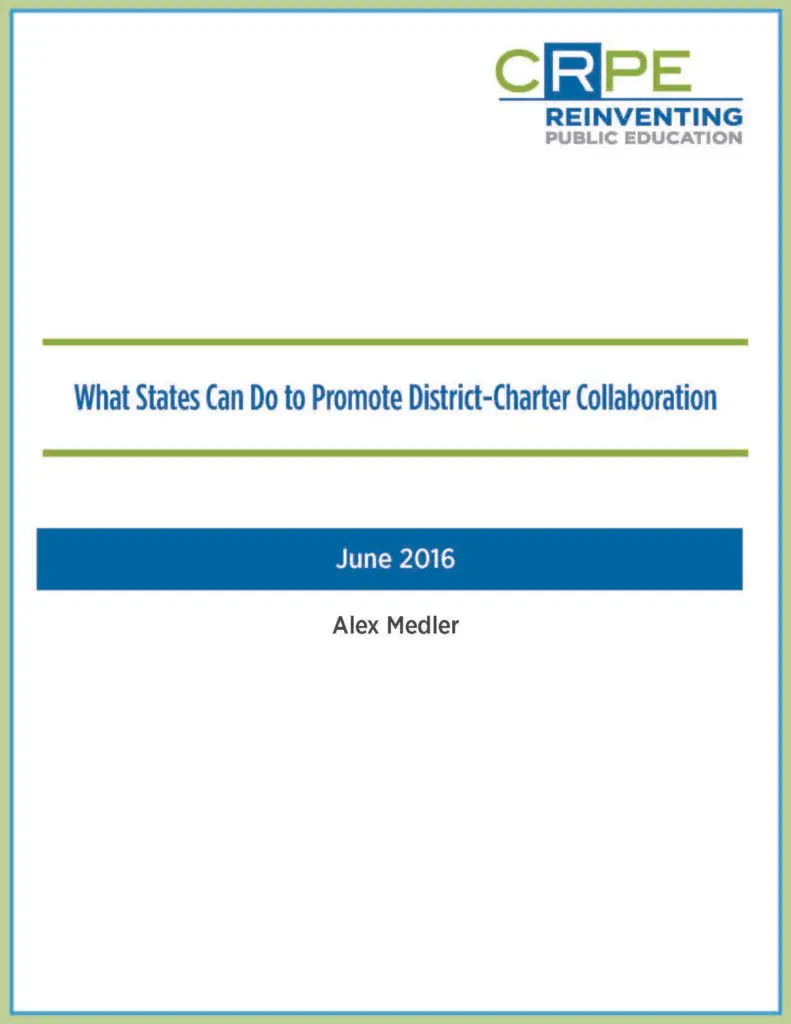Read the Related Blog
With the federal government increasingly ceding authority to states in a revamped Every Student Succeeds Act, many states are looking for new ways to positively influence local work and take on greater leadership. States can—and should—play a more active role in fostering collaboration efforts if they are serious about ensuring quality public education for all of their students, regardless of what type of public school they attend.
Collaboration opens the door for charter and traditional public schools to share ideas, best practices, and buildings in ways that can make a real difference for schools and students. As the charter sector continues to grow, collaboration encourages both sectors to tackle shared challenges, particularly in areas where families can face struggles. States, for example, can help create the conditions that make it possible to work together to create common performance measurements across schools, streamline application and enrollment processes, and more efficiently deliver quality special education.
Collaboration is not easy: It is time-consuming and difficult to sustain. But as this paper shows, the state is uniquely positioned to aid district-charter collaboration by:
- Removing impediments embedded in state laws or policies.
- Providing political cover for school districts when such collaborations stir controversy
locally. - Creating financial and accountability incentives for districts and charter schools to collaborate.
The paper outlines ways that states can leverage their roles in six specific areas, including first steps and ideas for those that want to “go big.”



